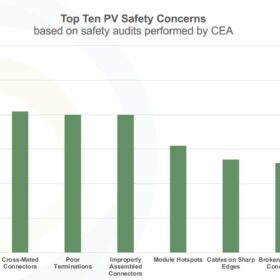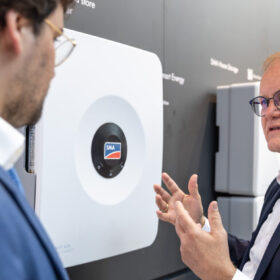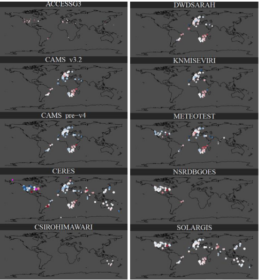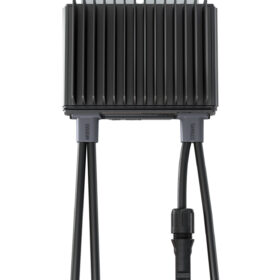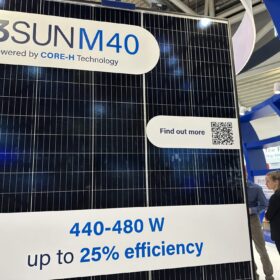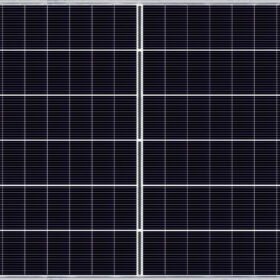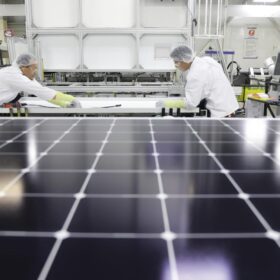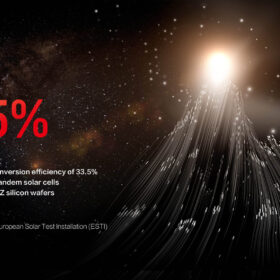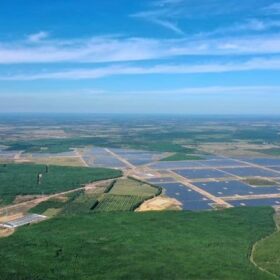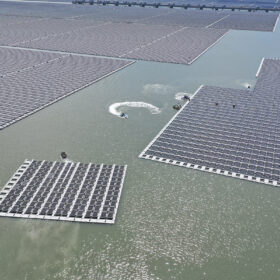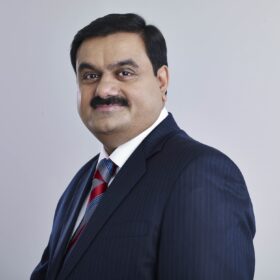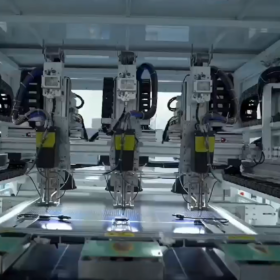CEA identifies major safety concerns in 97% of audited rooftop PV systems
Clean Energy Associates (CEA) has performed a safety audit on more than 600 rooftop PV systems and has found that 97% of installations have major safety concerns. It says that 49% of sites have grounding issues, 47% have damaged modules, and 41% have cross-mated connectors.
SMA unveils hybrid inverters for residential applications
SMA’s new one-phase hybrid inverters have efficiency ratings of up to 97.5% and European efficiency ratings of 96.8%. They are available in four versions, with power outputs ranging from 3.6 kW to 6 kW.
IEA-PVPS releases global benchmark for solar irradiance data
IEA-PVPS has published a report to help the solar industry to choose appropriate surface radiation models and data providers based on location and application requirements.
SolarEdge unveils power optimizers for residential, commercial PV
SolarEdge has released new optimizers for residential PV applications with a DC power rating of 500 W, a maximum efficiency of 99.5%, and a weighted efficiency of 98.6%. The optimizer for commercial and industrial applications offers 1.4 kW of rated DC power.
3Sun unveils 480 W n-type HJT solar module with 25% efficiency
Italy’s 3Sun, a unit of Enel Green Power, has developed new monofacial PV modules based on n-type heterojunction (HJT) G12 solar cells. The M40 series for rooftop applications has power ratings ranging from 440 W to 480 W and an efficiency of up to 25%.
Canadian Solar unveils 700 W bifacial TOPCon solar modules
Canadian Solar is offering six versions of its 132-cell TOPBiHiKu7 solar modules, with power outputs ranging from 675 W to 700 W and efficiencies ranging from 21.7% to 22.5%. They have an efficiency range of 26.1% to 27.0%, with a bifacial gain of 20%.
Maxeon sues Tongwei for patent infringement in Germany
Maxeon Solar Technologies has filed a lawsuit against Tongwei Solar in Germany’s Dusseldorf district court for the alleged infringement of its European patent for shingled solar cell technology.
Longi claims 33.5% efficiency for perovskite/silicon tandem solar cell
The European Solar Test Installation (ESTI) has confirmed the results of Longi’s new perovskite/silicon tandem solar cell. It is currently the second-highest efficiency record in the world for a perovskite/silicon tandem cell.
Southeast Asia solar markets set for growth this year
New PV capacity additions in Southeast Asia are expected to bounce back this year for the first time since 2020, according to the Asian Photovoltaic Industry Association. The market is expected to grow by 13% in 2023, for 3.8 GW of new installations.
Ciel & Terre hits 1.5 GW floating PV pipeline
French floating PV specialist Ciel & Terre says it now has more than 1.5 GW of floating PV projects in the design phase or under construction. It has already completed 280 floating solar projects in more than 30 countries, totaling 820 MW.
